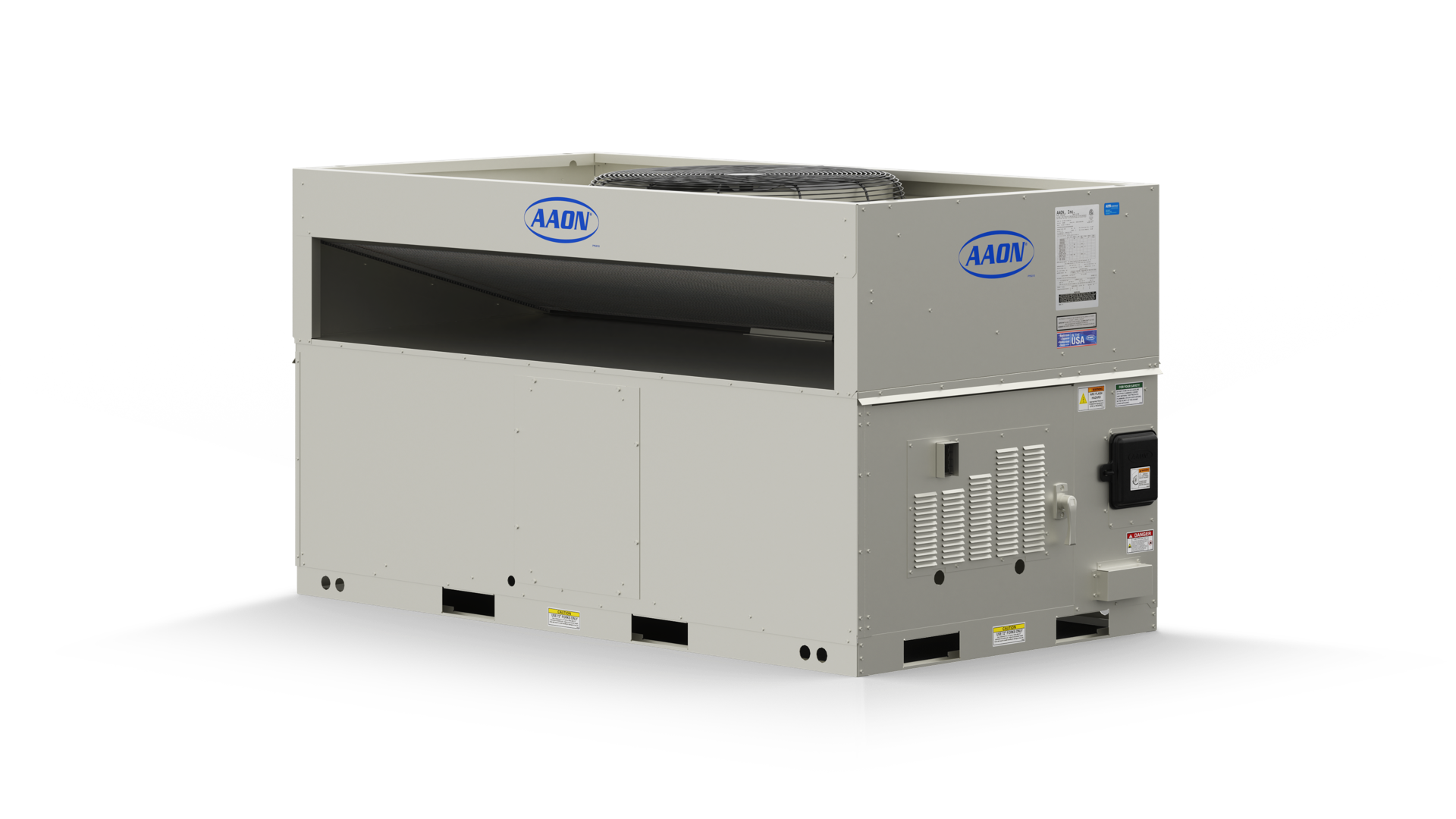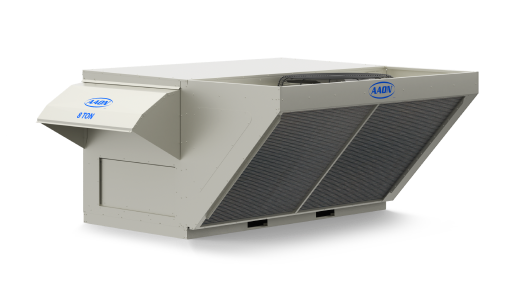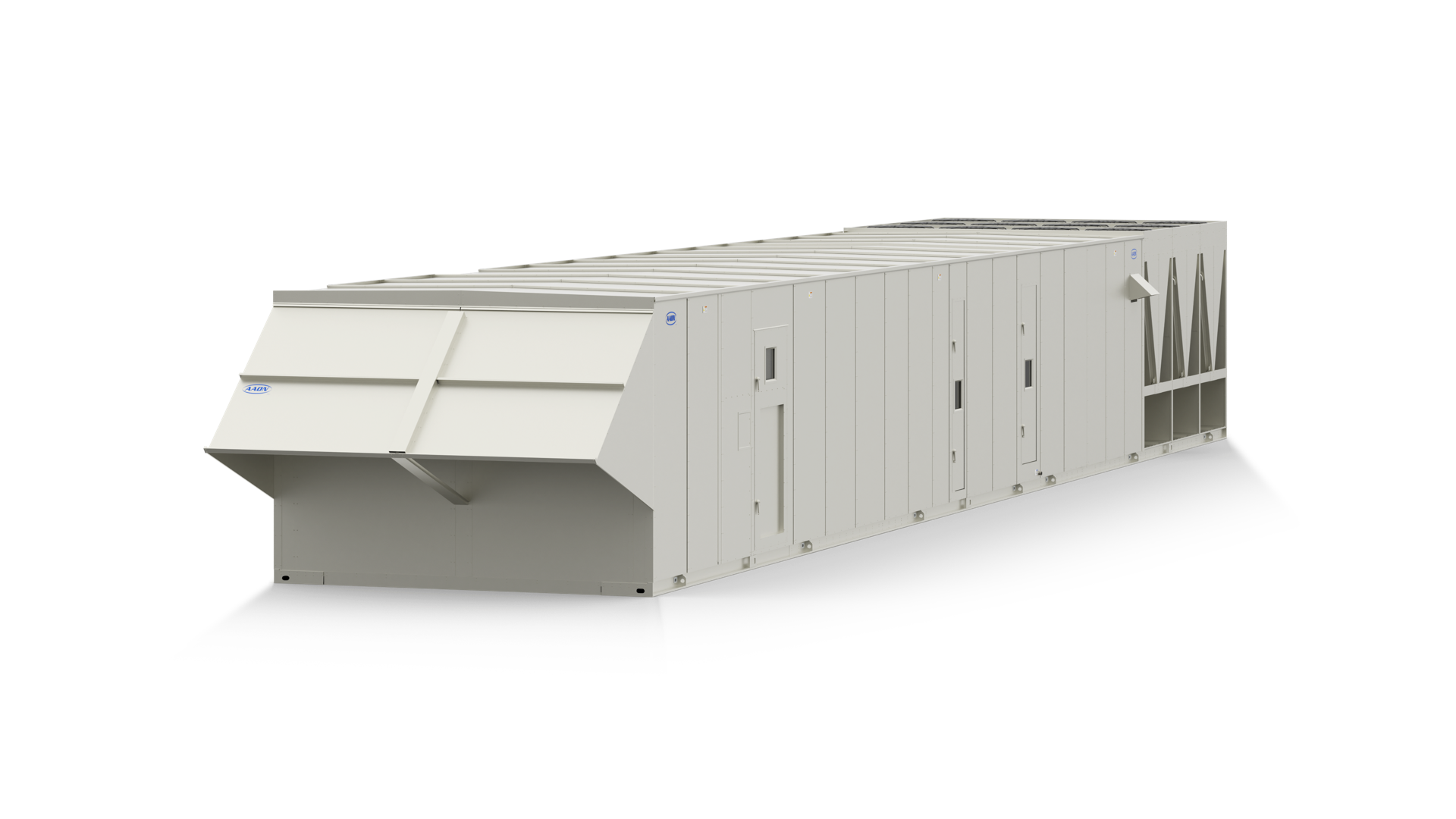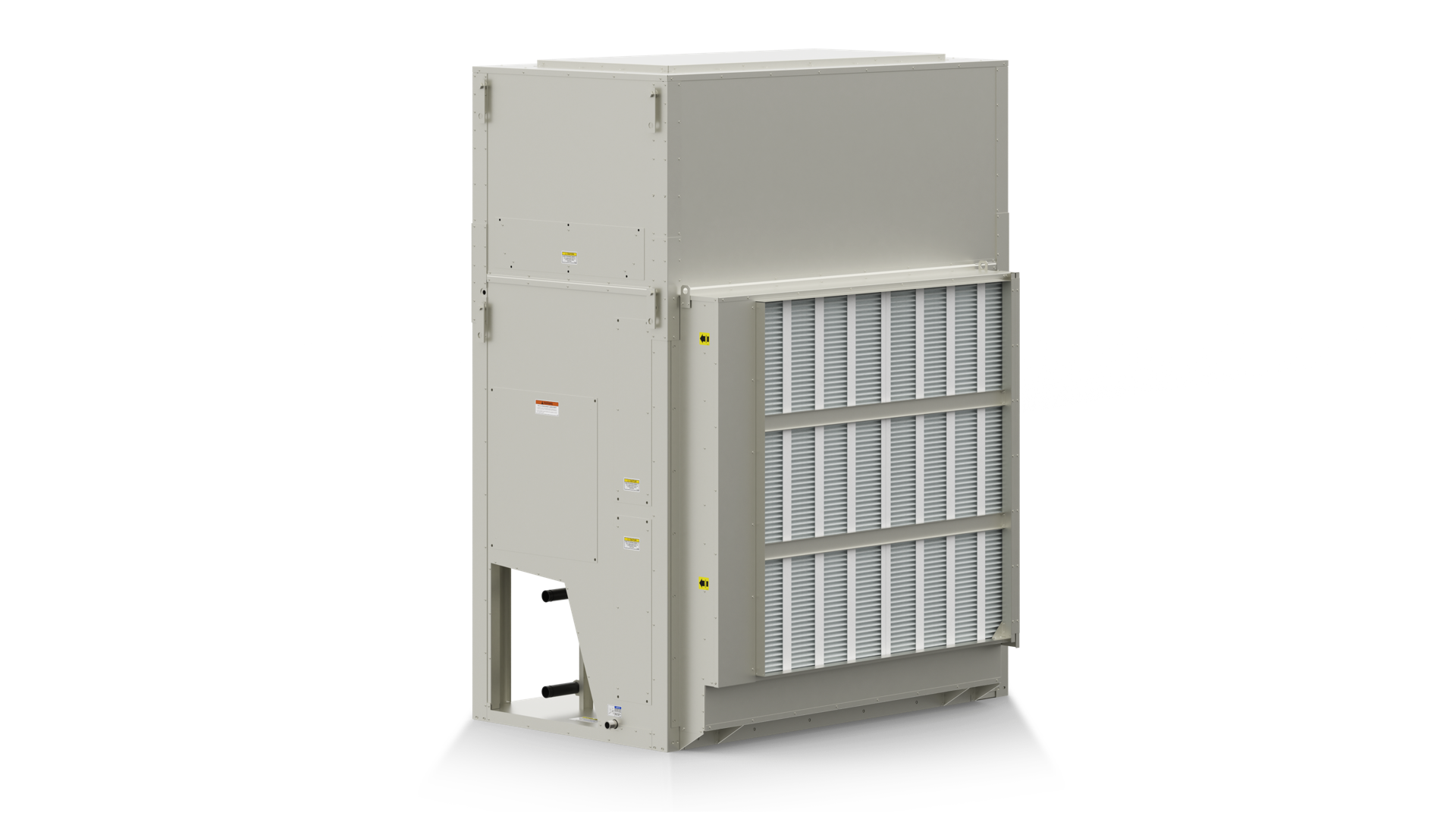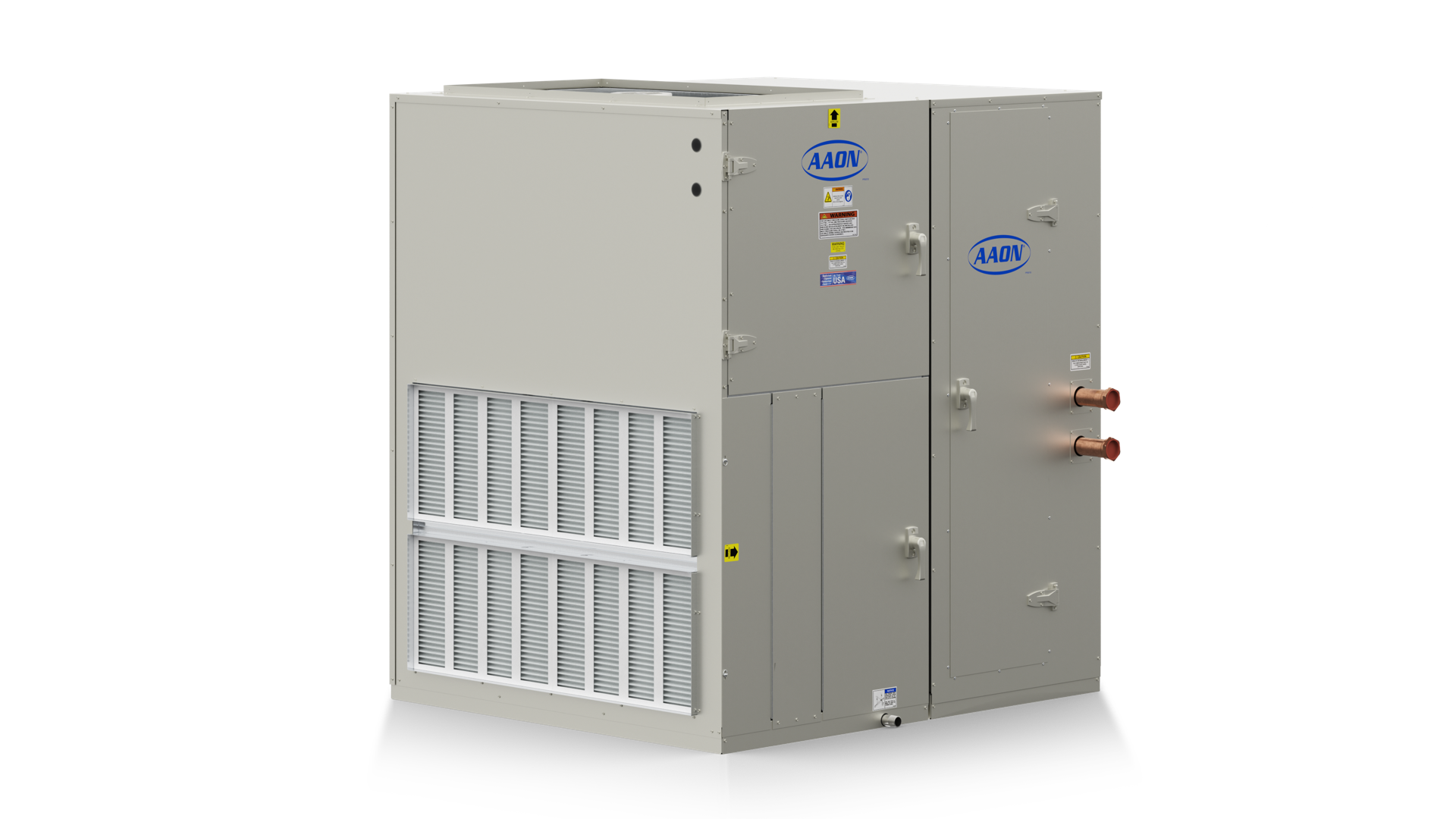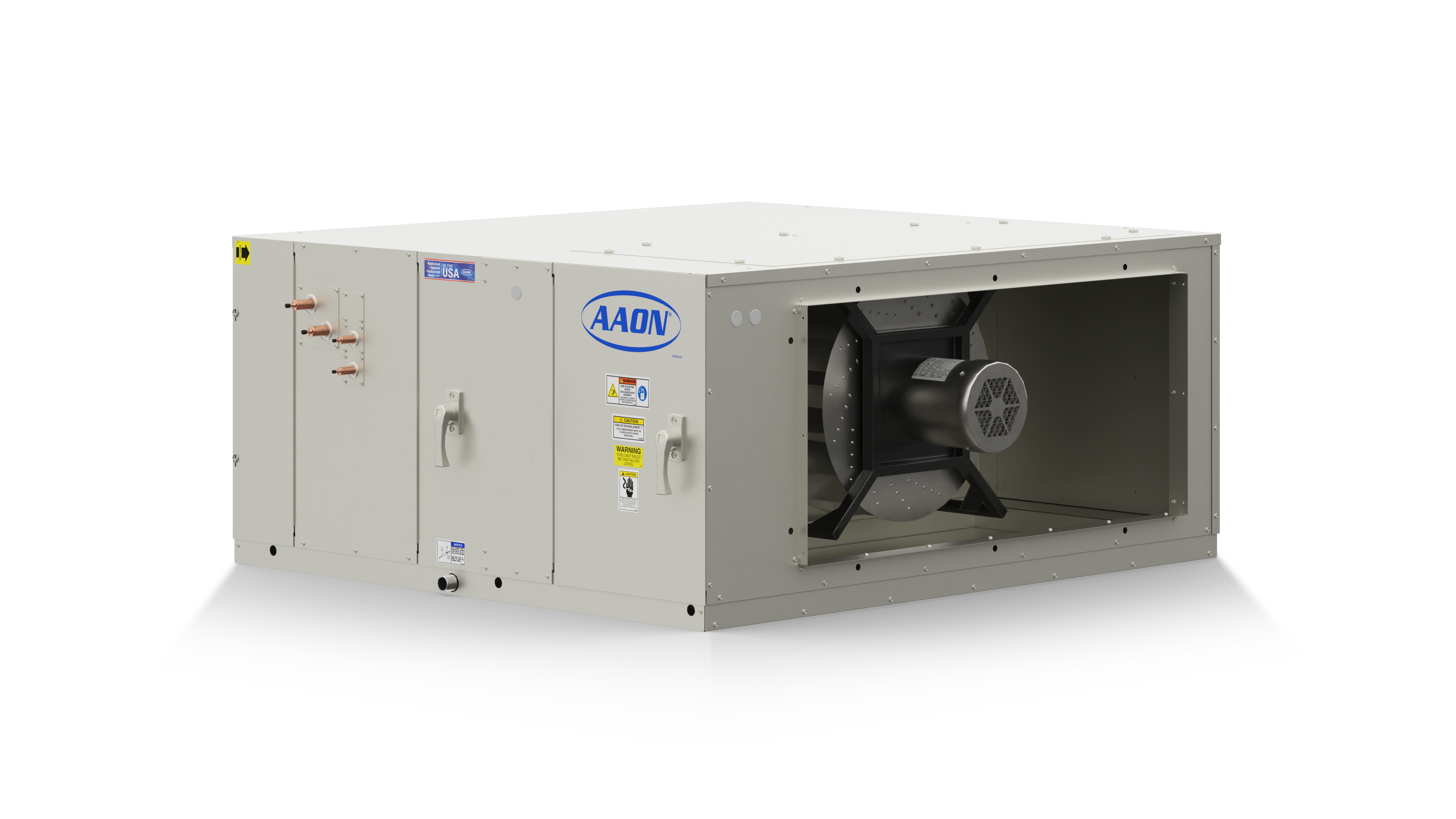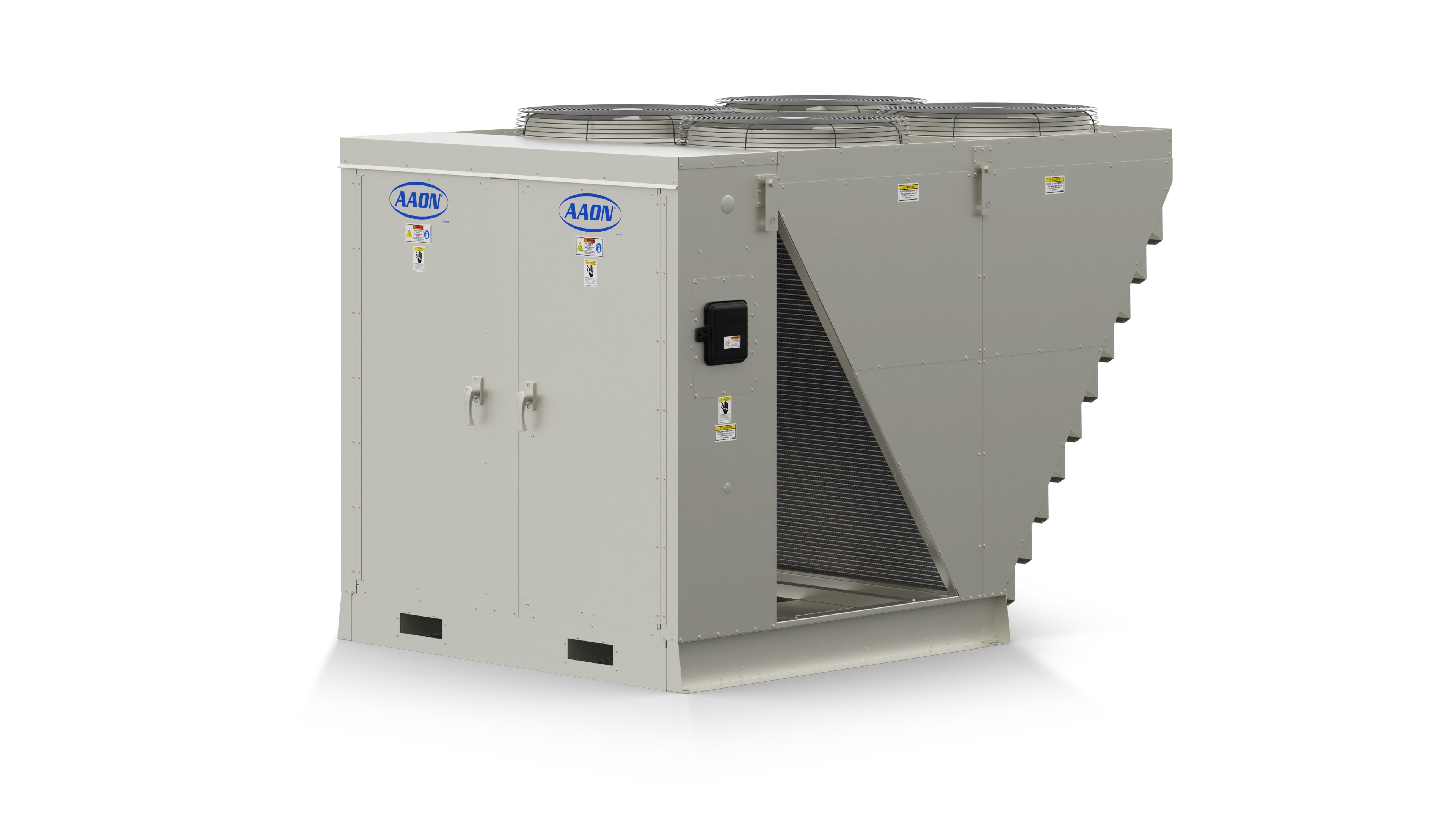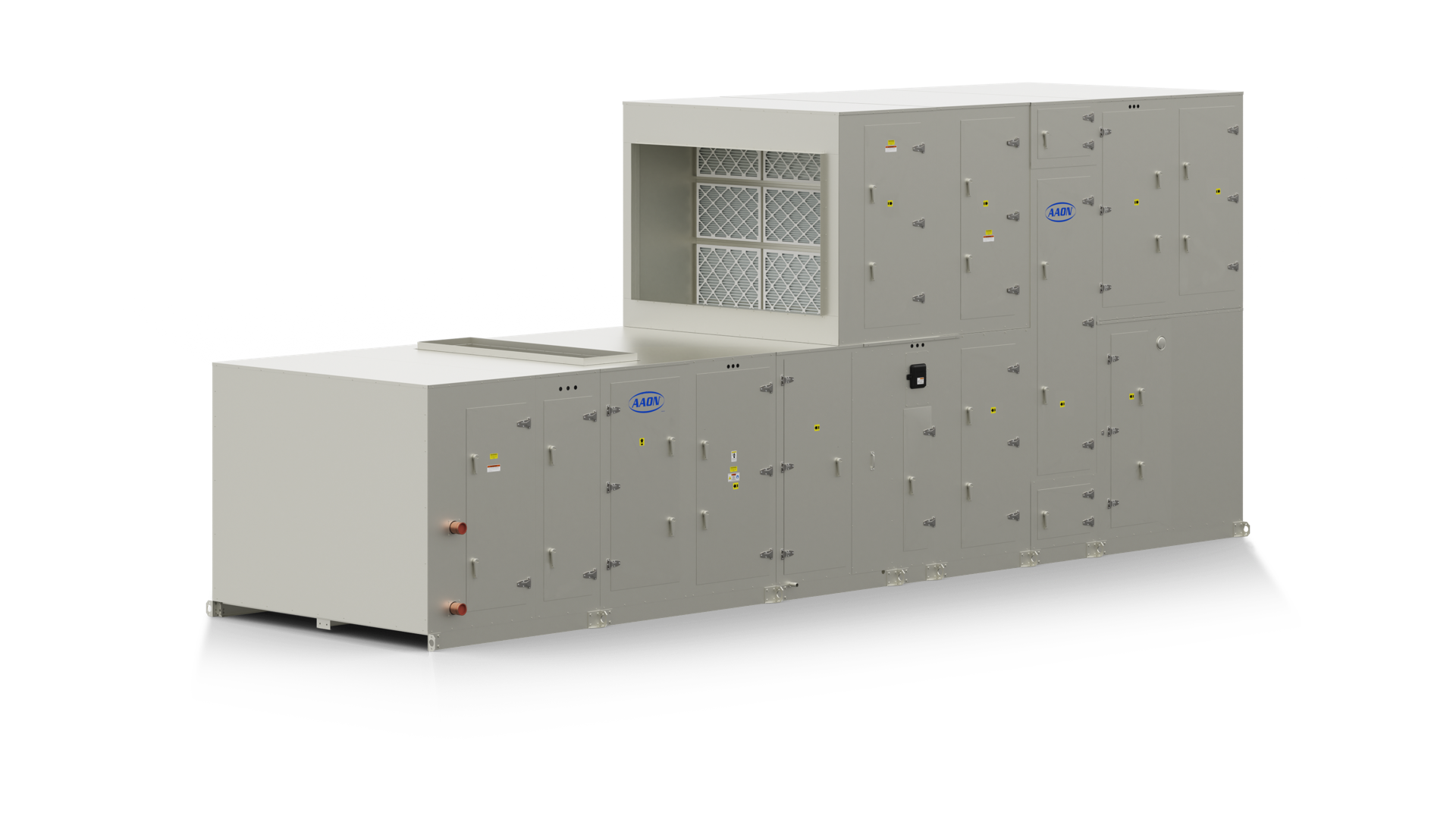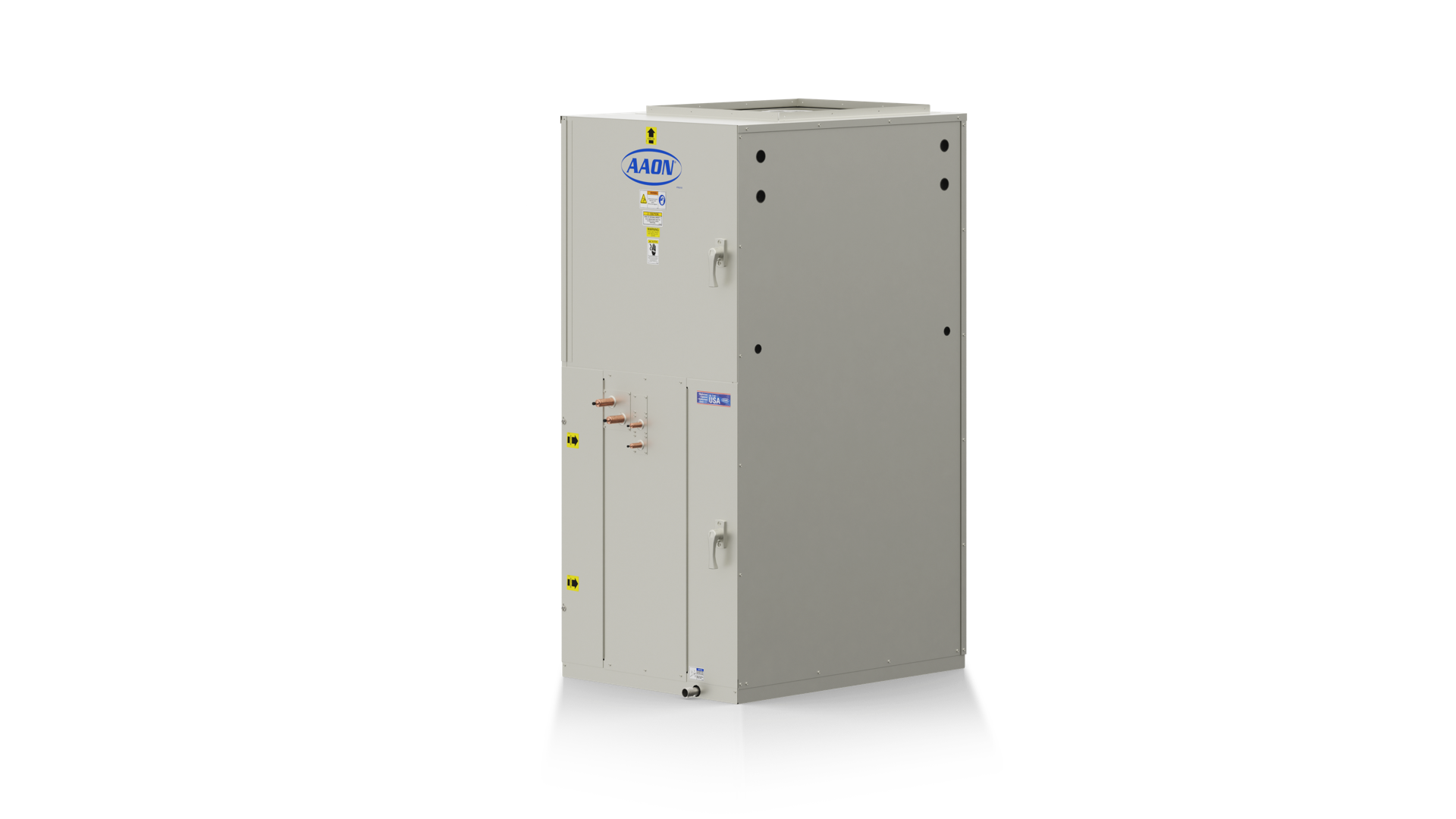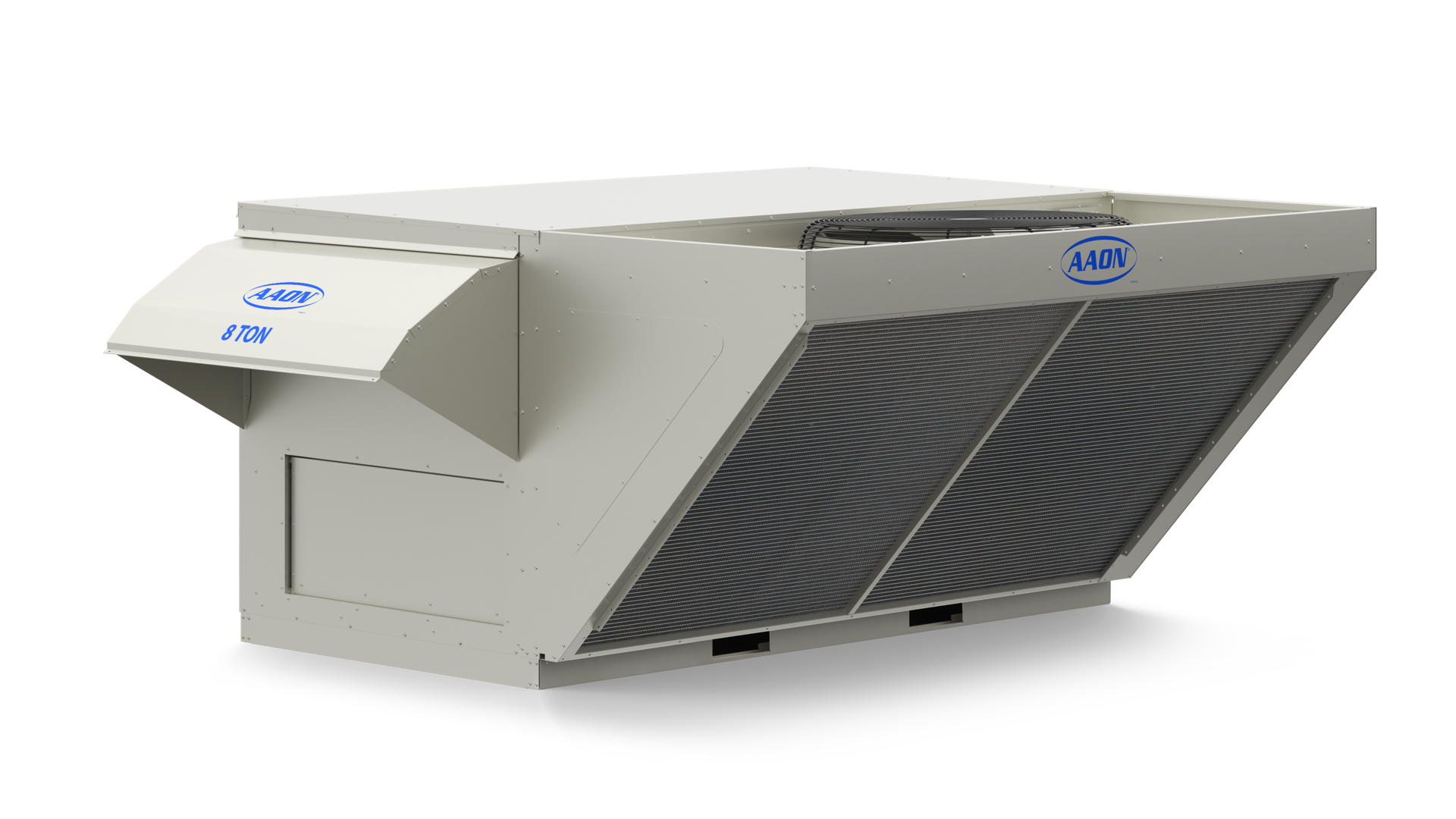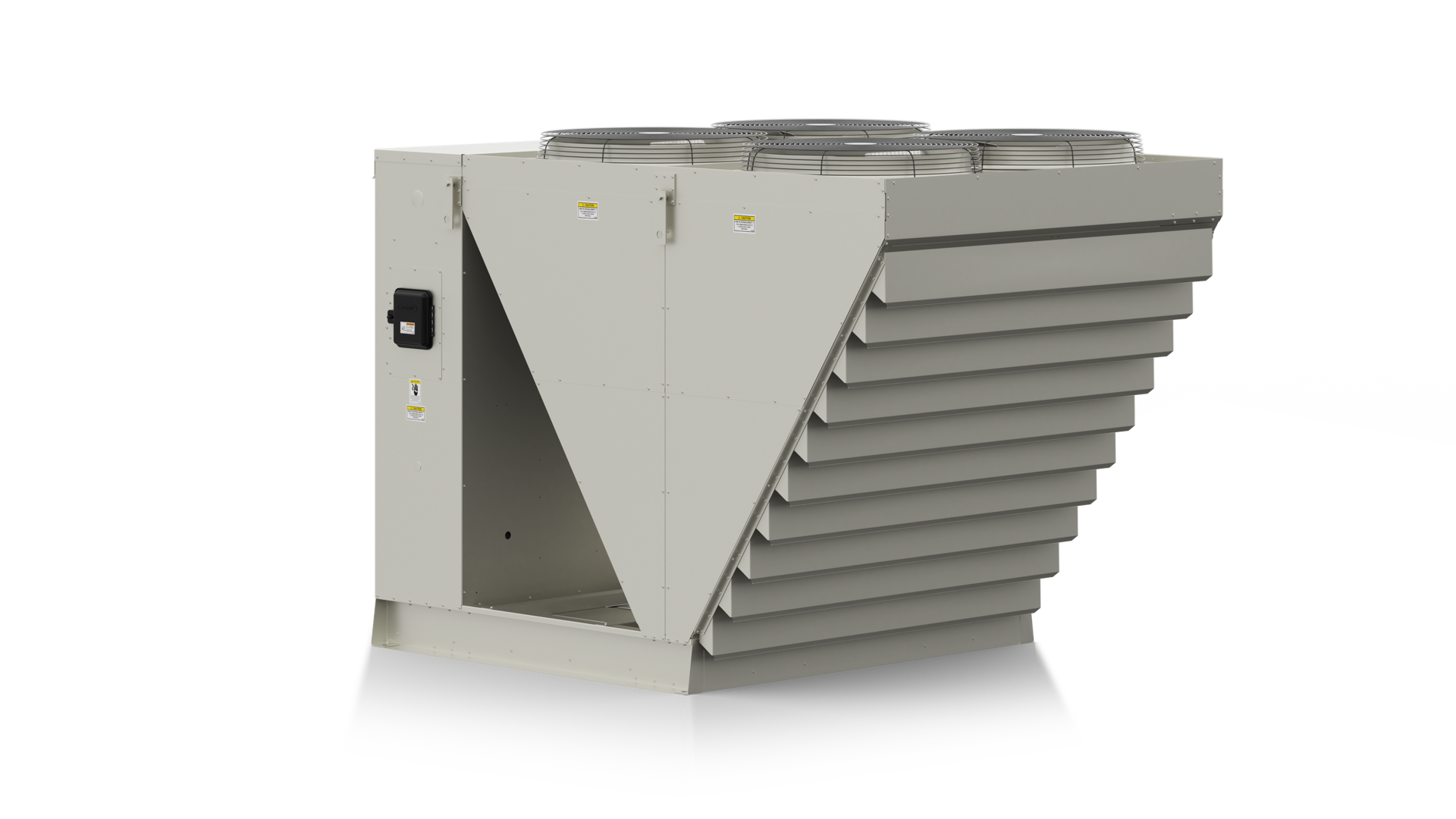Restaurants
Serve up an uncompromising guest dining experience and unparalleled reliability for your staff with HVAC solutions from AAON.
Major HVAC challenges in restaurant buildings include managing high heat loads, maintaining good indoor air quality, managing energy costs, and minimizing noise from HVAC equipment. With AAON, restaurants can expect practical and reliable solutions that ensure guest comfort and staff safety.

RESTAURANTS SOLUTIONS
-
About Restaurants
Restaurant buildings are commercial spaces designed for preparing and serving food and drinks to customers. They can range from quick-service restaurants to large fine-dining establishments, and can include a variety of spaces such as dining areas, kitchens, bars, and outdoor patios.
Restaurant buildings have unique HVAC considerations due to the high heat load generated by cooking equipment, as well as the need for proper ventilation to remove cooking odors and maintain indoor air quality for customers and employees. Proper temperature and humidity control are also important for the comfort of customers and employees, as well as for the preservation of food and beverages.
Other challenges may include managing energy costs, ensuring compliance with local codes and regulations, and minimizing noise from HVAC equipment in the dining areas. -
Restaurant Considerations
When implementing HVAC solutions in restaurants, here are some key considerations to keep in mind:
Proper ventilation
Restaurants generate a lot of heat, smoke, and odors from cooking and grilling. Proper ventilation is essential to maintain indoor air quality and ensure a comfortable environment for customers and staff. Consider installing kitchen hoods, exhaust fans, and make-up air units to provide fresh air and prevent the build-up of grease and smoke.
Energy efficiency
Restaurants have high energy demands, and HVAC systems can account for a significant portion of energy consumption. Energy-efficient HVAC systems can help reduce operating costs and minimize environmental impact.
Sound control
HVAC systems can generate a lot of sound, which can be distracting to customers and affect the overall dining experience. It is important to select HVAC equipment that operates quietly and design ductwork and diffusers to minimize sound levels.
Air filtration
Indoor air quality is crucial in restaurant buildings, especially during the COVID-19 pandemic. Airborne contaminants, such as viruses, bacteria, and allergens, can spread quickly and pose a health risk to customers and staff. Consider installing high-efficiency air filters, ultraviolet (UV) lights, or air purification systems to improve indoor air quality. -
Restaurant Solutions
The HVAC products recommended for office buildings may vary based on the type of the size and type facility, but here are a some common ones:
Exhaust Hoods
These are essential in removing smoke, heat, and grease that come from cooking appliances. They help to keep the kitchen area comfortable for the staff and the customers.
Dedicated Outdoor Air System Units
These units provide fresh air to replace the air that is exhausted through the hood system. They help to maintain the proper balance of air pressure in the kitchen, which improves the efficiency of the exhaust system and prevents fumes from entering other areas of the building.
HVAC Controls
These systems can help to manage temperature and humidity levels throughout the restaurant. They also allow for scheduling, monitoring, and data collection, which can help to optimize energy use and identify potential issues before they become major problems.
Refrigeration Systems
These systems are essential for storing food and beverages at safe temperatures. They include walk-in coolers and freezers, reach-in refrigerators, and display cases
Restaurant buildings have unique HVAC considerations due to the high heat load generated by cooking equipment, as well as the need for proper ventilation to remove cooking odors and maintain indoor air quality for customers and employees. Proper temperature and humidity control are also important for the comfort of customers and employees, as well as for the preservation of food and beverages.
Other challenges may include managing energy costs, ensuring compliance with local codes and regulations, and minimizing noise from HVAC equipment in the dining areas.
When implementing HVAC solutions in restaurants, here are some key considerations to keep in mind:
Proper ventilation
Restaurants generate a lot of heat, smoke, and odors from cooking and grilling. Proper ventilation is essential to maintain indoor air quality and ensure a comfortable environment for customers and staff. Consider installing kitchen hoods, exhaust fans, and make-up air units to provide fresh air and prevent the build-up of grease and smoke.
Energy efficiency
Restaurants have high energy demands, and HVAC systems can account for a significant portion of energy consumption. Energy-efficient HVAC systems can help reduce operating costs and minimize environmental impact.
Sound control
HVAC systems can generate a lot of sound, which can be distracting to customers and affect the overall dining experience. It is important to select HVAC equipment that operates quietly and design ductwork and diffusers to minimize sound levels.
Air filtration
Indoor air quality is crucial in restaurant buildings, especially during the COVID-19 pandemic. Airborne contaminants, such as viruses, bacteria, and allergens, can spread quickly and pose a health risk to customers and staff. Consider installing high-efficiency air filters, ultraviolet (UV) lights, or air purification systems to improve indoor air quality.
The HVAC products recommended for office buildings may vary based on the type of the size and type facility, but here are a some common ones:
Exhaust Hoods
These are essential in removing smoke, heat, and grease that come from cooking appliances. They help to keep the kitchen area comfortable for the staff and the customers.
Dedicated Outdoor Air System Units
These units provide fresh air to replace the air that is exhausted through the hood system. They help to maintain the proper balance of air pressure in the kitchen, which improves the efficiency of the exhaust system and prevents fumes from entering other areas of the building.
HVAC Controls
These systems can help to manage temperature and humidity levels throughout the restaurant. They also allow for scheduling, monitoring, and data collection, which can help to optimize energy use and identify potential issues before they become major problems.
Refrigeration Systems
These systems are essential for storing food and beverages at safe temperatures. They include walk-in coolers and freezers, reach-in refrigerators, and display cases
Why AAON for Restaurants?
AAON stops at nothing to design the very best.
All AAON products are highly configurable and designed to optimize your exact environment. With high quality features, our systems set the industry standard for long-lasting quality.
AAON equipment is easy to access and convenient to work on.
Our products make it simple for technicians to service our units efficiently and affordably. Unique features like color-coded wiring and full height stainless steel door hinges are designed with serviceability in mind.
AAON equipment is renowned for reliability.
Our products are tested for all functions and receive a unit-specific report before they leave the factory. Choose cutting-edge engineering that pushes the boundaries of what's possible in virtually any climate and application.
Related Products
Dare us to exceed expectations.
Regardless of the challenge, AAON has the capabilities to fulfill project requirements and deliver long-term value to customers. Contact an AAON Representative to learn how our products serve as your solutions.


